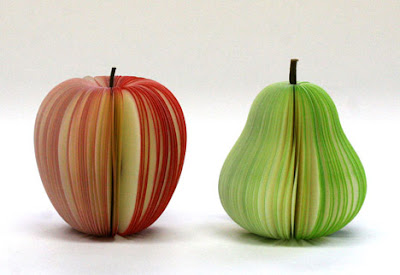
Contemporary art from commercial galleries for contemporary art, private collectors, companies, organizations, the public display of art, funded contemporary art museums or by artists themselves in the artist-run space. Contemporary artists are supported through grants, awards and prizes as well as through direct sales of their work.
There are close links between publicly funded organizations, contemporary art and the commercial sector. For example, in England a few distributors in leading artists are presented publicly funded museum for contemporary art.
Individual collectors can have a major influence. Charles Saatchi dominated the contemporary art market in the UK during the 1980s and 1990s, the subtitle of the book Young British Artists in 1999. to determine Saatchi Decade use of the name of the private collector, the entire decade of contemporary art production.
The corporations have tried to integrate into the world of contemporary art. Contemporary art in their place, organizing and sponsoring contemporary art awards and building an extensive art collection company.
Arts institutions have to manage what has been described as critical of contemporary art. Add art, contemporary art, for example, literally, in this case produced on that day. However, it is not because the self-taught and is considered to be outside the context of art history, craft activities, such as textile design work is. Also in the field of contemporary art excluded, although a large audience for exhibitions is respect. drawn in a way that craft objects must subscribe to certain values are accepted. "A ceramic object that is considered subversive comment on the nature of beauty is determined more on the definition of contemporary art as one that is very nice to meet."
At a time in a particular place or group of artists can produce a strong impact on the global contemporary art was,. For example, artists in New York in the 1980s.

